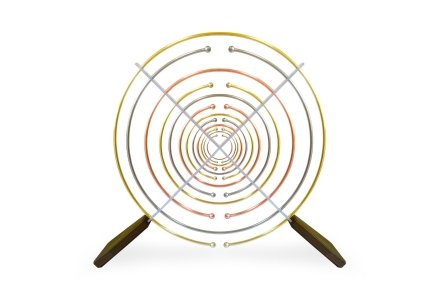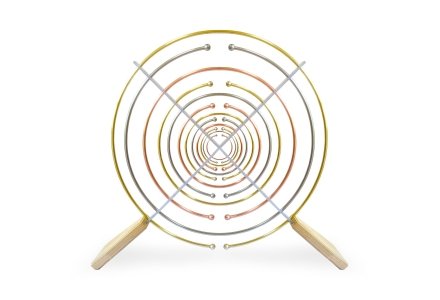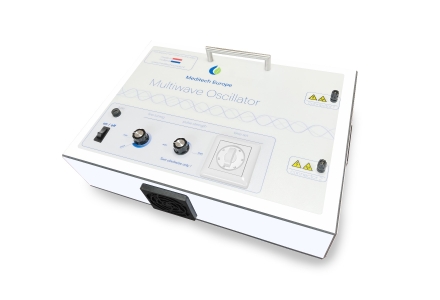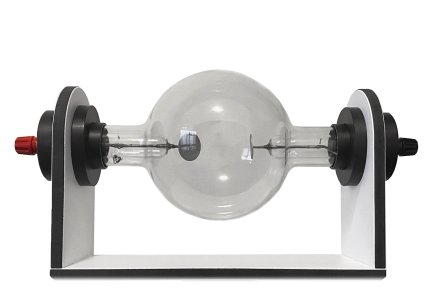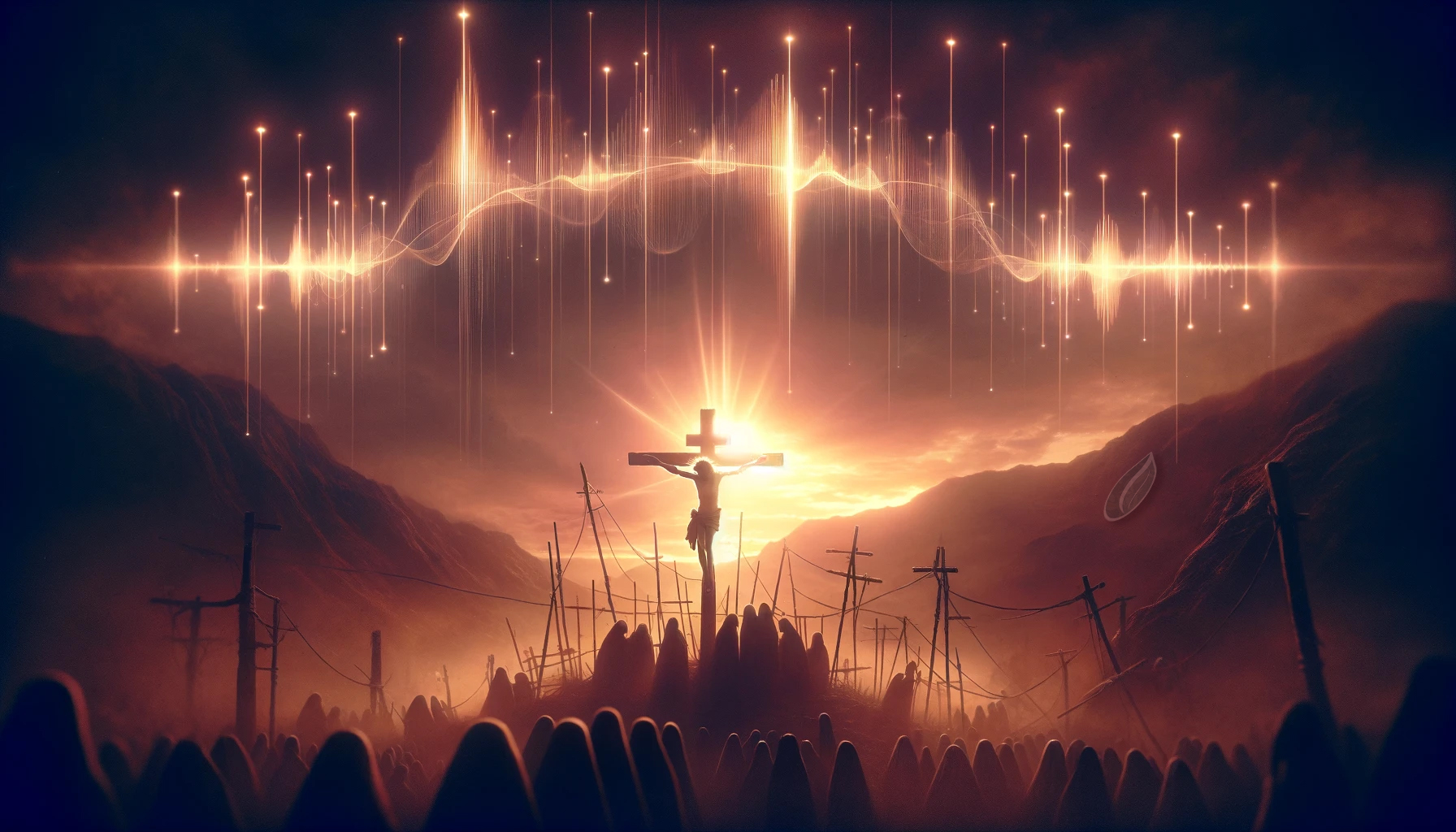
In the serene realm of classical music shines a masterpiece that captivates not only the hearts of listeners but also touches the soul with profound resonance. Johann Sebastian Bach's St Matthew's Passion, a masterpiece infused with spiritual depth and emotional breadth, has inspired and moved people worldwide for centuries. In this comprehensive exploration, we will unravel the astounding influence of this composition, from Bach's own legacy to the modern era, where his musical heritage remains vibrant.
Johann Sebastian Bach
Johann Sebastian Bach, born in 1685 in Eisenach, Germany, was a visionary composer who created timeless masterpieces that pushed the boundaries of musical expression. His musical journey began in a time of great change in Europe, and his work embodied the perfect synthesis of tradition and innovation. In addition to St Matthew's Passion, Bach's oeuvre includes a wealth of other compositions that have stood the test of time and are still world-renowned. Some of his most remarkable works include the Brandenburg Concertos, the Mass in B minor, the Goldberg Variations, the Art of Fugue, and the Toccata and Fugue in D minor.
The Historical Context of St Matthew's Passion
St Matthew's Passion, one of Bach's most acclaimed works, emerged in a time of profound religious and cultural significance. Bach composed this masterpiece between 1725 and 1727 while serving as Thomaskantor in Leipzig. The passion, based on the Gospel of St Matthew, tells the story of the suffering, death, and resurrection of Jesus Christ and is a tribute to the deeply rooted spiritual traditions of his time. His approach to the passion narrative is unique in its depth and emotional power, and the piece remains a milestone in music history, both for its artistic grandeur and its profound spiritual impact.
The Influence of Frequencies
In the world of music, frequencies are not merely abstract concepts but powerful tools that can alter the human experience. St Matthew's Passion, like all of Bach's works, utilizes a rich palette of frequencies that resonate with the human soul on a level beyond mere auditory perception. The depth of Bach's harmonies and the complexity of his counterpoint weave a tapestry of sound that is both physically and spiritually palpable.
In the St Matthew Passion, specific frequencies are carefully chosen to accompany the emotional journey of the passion narrative. The intense dissonances of suffering are softened by moments of sublime harmony, creating a dynamic tension that carries the listener on a rollercoaster of emotions.
The Base Frequency of Bach's Compositions
To fully grasp the impact of Bach's music, we must also consider the base frequencies with which he worked. In Bach's time, the standard tuning was significantly lower than today. While modern music is usually tuned to 440 Hz, Bach employed a tuning that was considerably lower, often around 415 Hz. This tuning, known as the Werckmeister III temperament, created a sonority that was deeper and richer than what we are accustomed to today.
The difference in tuning has profound implications for how we experience Bach's music. The Werckmeister III temperament lends a different coloration to the harmonies and imbues the music with an earthy warmth that resonates with the human soul on a deeper level. It is a reminder of a time when music was not only heard but also felt.
The Emotional and Spiritual Impact
St Matthew's Passion is not just a musical masterpiece; it is a spiritual odyssey that takes the listener on a journey through the deepest human emotions. From the intense despair of betrayal to the uplifting hope of redemption, the passion encompasses the entire spectrum of human experience.
Personal testimonials and scientific studies confirm the profound impact that St Matthew's Passion can have on the listener. People around the world have reported being transformed by the music, finding solace in times of sorrow, and being elevated to higher spiritual states. It is a powerful example of how music has the power to heal the soul and uplift the mind.
Numerical Symbolism inSt Matthew's Passion
Numerical symbolism was a common practice in the Baroque period, and Bach was a master at using it to impart deeper spiritual or theological significance to his music. Various numbers had specific meanings, often based on the Bible or Christian mysticism.
Important Numbers and Their Symbolism
- Three: Represents the Holy Trinity (Father, Son, Holy Spirit). Bach often uses triads or musical phrases in groups of three to depict this concept.
- Four: A symbol of the earth or mankind, sometimes used to represent the four evangelists.
- Seven: A sacred number symbolizing completeness or divine perfection, referring to the seven days of creation.
- Ten: Represents the Ten Commandments, a foundation of Jewish and Christian ethical codes.
- Twelve: Stands for the twelve tribes of Israel or the twelve apostles, indicating a completeness of God's people.
Examples of Numerical Symbolism in St Matthew's Passion
- Division of parts: The Mattheus Passion is divided into two parts, which may refer to the Old and New Testament, but also the dual nature of Christ: both divine and human.
- Use of choirs and orchestras: The double choirs and orchestras can be interpreted as a symbolic representation of the dialogue between the divine and the human, or between Jesus and the people.
- Arias and chorales: Many of the arias and chorales in the Mattheus Passion have a numerical structure corresponding to certain theological concepts. For example, the number of measures can refer to specific biblical numbers and their symbolic meaning.
Specific Numerical Symbolism
One of the most intriguing aspects of Bach's use of numerical symbolism is how he sometimes incorporated his own name into the music. In German, the letters of his name can be added up according to their place in the alphabet (B=2, A=1, C=3, H=8), resulting in the number 14. This number, as well as the number 41 (the inversion), appears in various ways in the structure of his works, including St Matthew's Passion.
There are also those who think Bach was so genius that his music was written so perfectly structured as a matter of course ...
The Role of St Matthew's Passion in Modern Times
Although Bach departed this earth over two centuries ago, his musical legacy remains vibrant in modern times. The Mattheus Passion is still performed worldwide and enjoys enduring popularity among both seasoned music lovers and newcomers to classical music. Its message of hope and redemption still speaks to the hearts of people of all backgrounds and faiths, and its timeless beauty continues to inspire future generations.
St Matthew's Passion and the Multiwave Oscillator
In addition to the profound emotional and spiritual impact of St Matthew's Passion, we can imagine that this experience can be further enhanced through modern technologies available to us. One of these technologies is the Multiwave Oscillator (MWO), a device designed to optimize the living environment by producing a broad spectrum of frequencies.
The MWO emits a wide range of frequencies that enrich not only auditory perception but also create a deep physical and spiritual resonance in the environment where it is used.
Through the harmonic frequencies emitted by the MWO, the listening experience of St Matthew's Passion is enriched with a sense of depth and intensity that may not otherwise be achievable. The combination of Bach's masterful compositions and the enhancing effects of the MWO can create a transcendental experience that takes the listener to new spiritual heights.
In addition, the MWO helps create an optimal structure in the living environment, creating a harmonious and balanced atmosphere. This allows the listener to concentrate fully on the musical journey Bach created, without distraction from external disturbances or dissonances.
Conclusion
Johann Sebastian Bach's St Matthew's Passion remains one of the most impressive and influential works in the history of Western music. Its profound emotional and spiritual impact transcends time and space, speaking to the hearts of people of all cultures and beliefs. Bach's masterpiece embodies the power of music to heal, uplift, and connect, and its message of hope and redemption remains relevant to modern listeners worldwide.
At Meditech Europe, we are dedicated to innovative technologies and holistic approaches. If you would like to learn more about how the Multiwave Oscillator can contribute to your well-being, please do not hesitate to contact us at info@meditecheurope.nl or +31527 292 331. We are always ready to assist you on your journey to a healthier and happier life.
